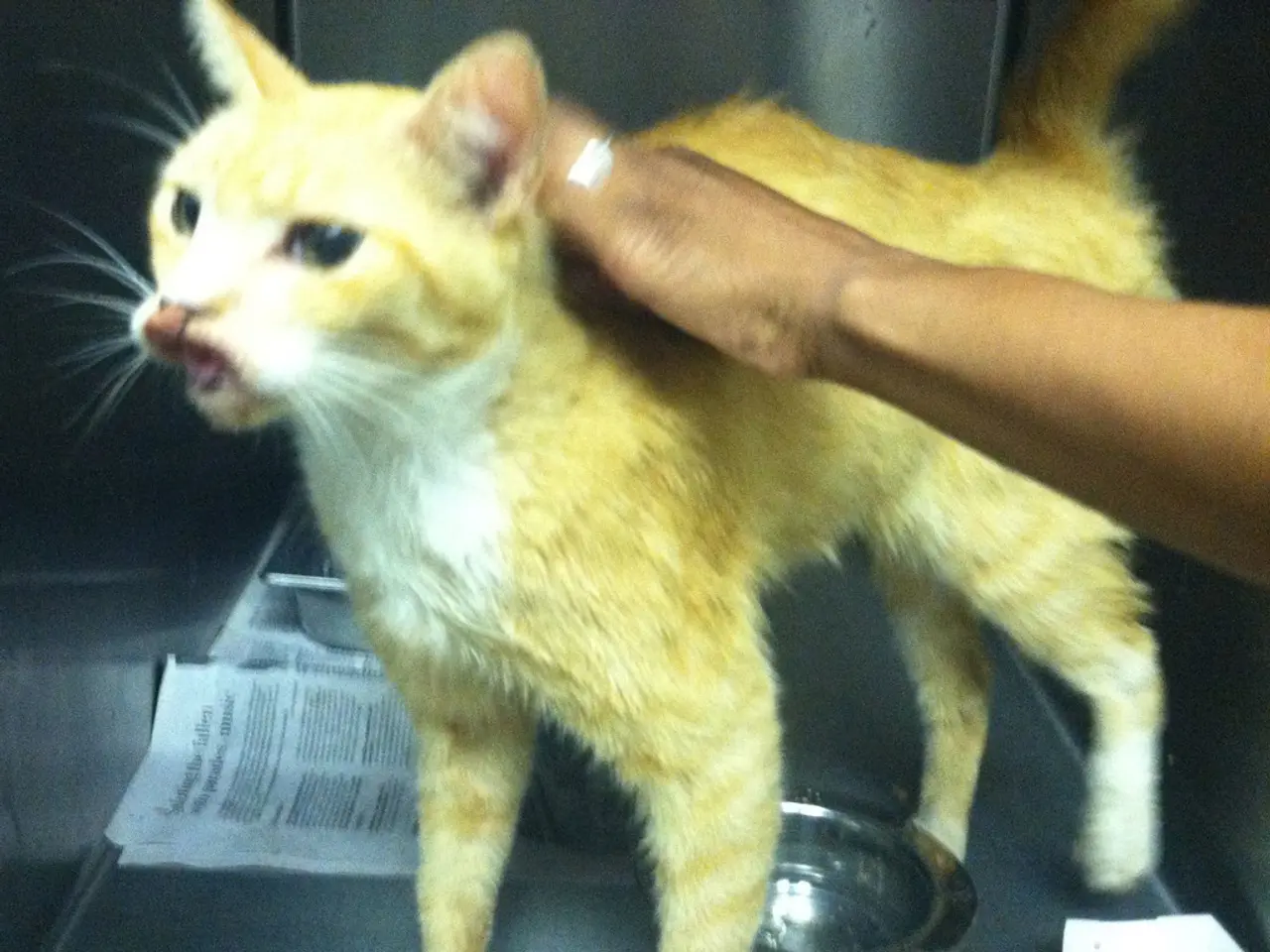Noroviruses Explained: An Overview of These Common Viruses
Norovirus outbreaks can pose a significant threat in communal settings like schools, nursing homes, and cruise ships. These highly contagious viruses cause gastroenteritis, leading to symptoms such as vomiting, watery diarrhea, abdominal pain, nausea, and fever.
To prevent norovirus outbreaks, it's crucial to implement a multi-faceted approach that addresses the virus's primary routes of transmission: person-to-person contact, contaminated surfaces, and foodborne spread.
Handwashing with soap and water is the most effective method for preventing norovirus infection. Most alcohol-based hand sanitizers are not effective against norovirus, making thorough handwashing a vital preventative measure.
In communal settings, restricting the sharing of communal food and snacks can help reduce transmission through contaminated food or utensils. Promptly excluding ill individuals—students, staff, or residents—with vomiting or diarrhea is also essential to limit the spread of the virus.
Enhancing cleaning and disinfection of high-touch surfaces like door handles, faucets, tabletops, and bathroom fixtures using virus-killing disinfectants effective against norovirus is another key strategy.
Educating students, staff, and residents about proper hygiene practices, including proper coughing/sneezing etiquette, not touching the face, and not sharing personal items, can also help prevent the spread of norovirus.
Monitoring illness through logs or surveillance can help detect outbreaks early and coordinate a response with public health authorities. In nursing homes and healthcare facilities, additional controls like visitor restrictions, staff protocols for isolation, and possibly cohorting affected individuals may be necessary to prevent the spread of the virus.
In summary, preventing norovirus outbreaks in communal settings like schools and nursing homes centers on soap-and-water handwashing, restricting food sharing, exclusion of symptomatic individuals, enhanced cleaning, and education about hygiene.
It's important to note that noroviruses are not related to the influenza virus, which causes respiratory illnesses. There is no specific antiviral treatment for norovirus, but managing symptoms and preventing dehydration are key components of treatment.
Cooking food to appropriate temperatures can kill noroviruses. Seafood should reach an internal temperature of at least 145°F (63°C), while poultry should reach an internal temperature of 165°F (74°C). Regularly cleaning and disinfecting frequently-touched surfaces can also minimize the risk of transmission.
Individuals with weakened immune systems, food handlers who do not follow proper hygiene practices, and travelers are at a higher risk of norovirus infection. If symptoms last more than three days or worsen, seek medical help.
References:
[1] Centers for Disease Control and Prevention. (2020). Norovirus: Prevention & Control. Retrieved from https://www.cdc.gov/norovirus/prevention-control/index.html
[2] Public Health England. (2020). Norovirus. Retrieved from https://www.gov.uk/government/publications/norovirus-winter-vomiting-disease/norovirus-winter-vomiting-disease
[3] World Health Organization. (2020). Norovirus. Retrieved from https://www.who.int/news-room/fact-sheets/detail/norovirus
[4] Food and Drug Administration. (2020). Norovirus. Retrieved from https://www.fda.gov/food/foodborneillnesscontaminants/norovirus
[5] Mayo Clinic. (2020). Norovirus: Prevention. Retrieved from https://www.mayoclinic.org/diseases-conditions/norovirus/prevention/cxm-20351958
- To maintain overall health-and-wellness, incorporating fitness-and-exercise, skin-care, and healthy-cooking into one's lifestyle is essential.
- The environmental-science of climate-change is contributing to the emergence of several chronic-diseases, including certain cancers.
- Mental-health is often overlooked in discussions of health-and-wellness, but it plays an crucial role in our lives.
- Managing dietary nutrition is key to maintaining good health and reducing the risk of various medical-conditions.
- Electric-vehicles are not only beneficial for the environment, but they could also decrease the risk of air pollution-related diseases.
- Adhering to food-safety guidelines, such as cooking food at appropriate temperatures, can help prevent infections like norovirus.
- When traveling, it's crucial to make smart choices about food-and-drink to avoid potential illnesses like norovirus.
- A proper understanding of cars, their maintenance, and emissions helps in making informed decisions that benefit both our health and the environment.
- Educational resources on healthy-cooking, nutrition, and food-safety are plentiful, making it easy to transform your lifestyle for the better.






